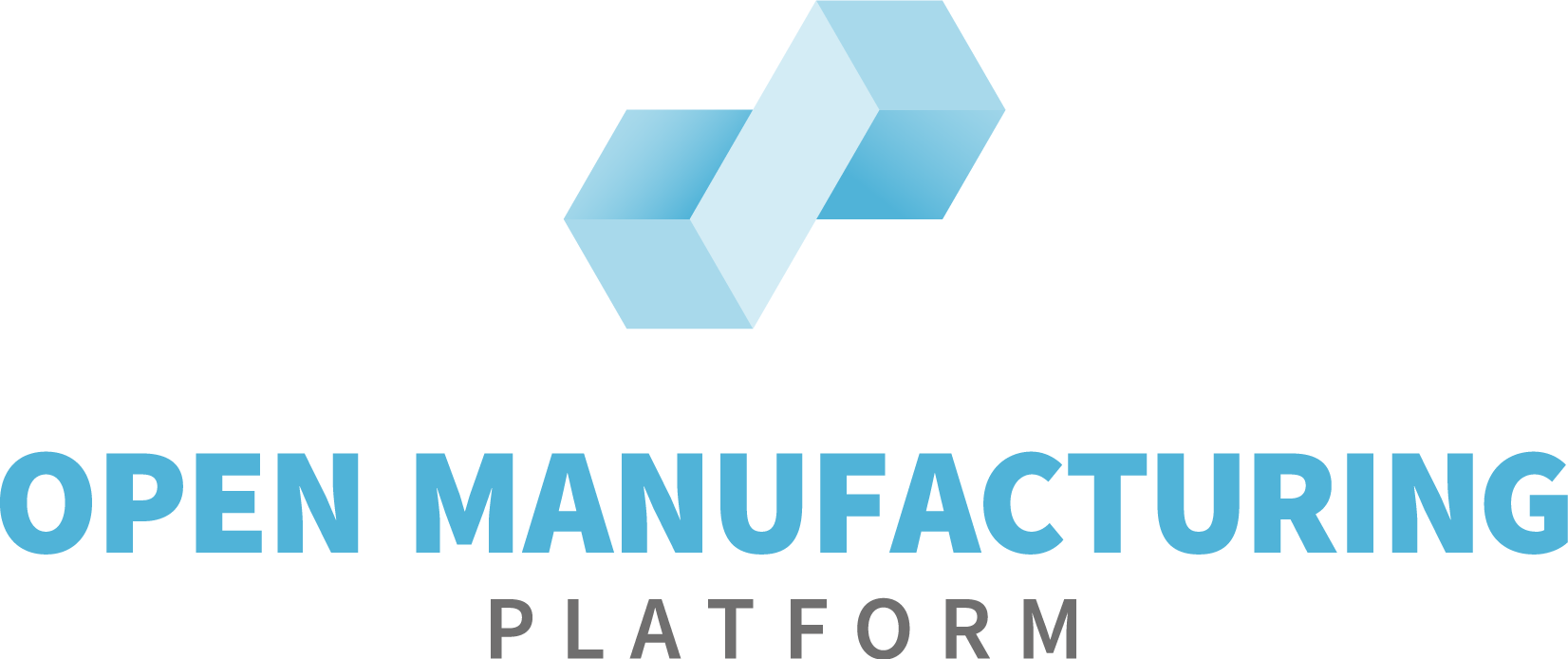Open Manufacturing Platform

Landing page for Open Manufacturing Platform in GitHub
Manufacturing Challenges Solved by Semantic Data Structuring
Making Better Decisions with Semantic Data Structuring
The world is changing at a faster pace than ever before. Businesses have been forced to evolve and grow to stay competitive. The manufacturing industry is no different in this regard. As the need for higher precision and higher quality products has increased, so has the need for more efficient processes with shorter lead times. Volumes of real-time or near real-time data associated with Industrial IoT, for example, can help deliver more efficient processes, but only if that data is structured in a coherent way across corporate divisions and sources.
With the use of Semantic Data Structuring, manufacturers can make better decisions based on structured data available within their organization from across disparate groups – quickly accessing data and making decisions based on that data utilizing mathematical algorithms. The following blog post explores some of the challenges manufacturers face today and the linked free whitepaper explores how the proper use of Semantic Data Structuring can help.
Common Challenges
Common challenges associated with semantic data in the manufacturing setting include:
- the ability to understand and process real-time data in a timely fashion along with the ability to understand and process historical (archived) data in the most accurate way possible
- the ability to use data contextualized in a way that prevents production disruptions because of asset issues or unexpected maintenance
- the ability to utilize external information sources or other large datasets that are not under direct control of manufacturing organizations, but may provide useful insights into business outcomes in regard to competitive or value chain pressures
Quick access to information enables decision-makers to make decisions on time, consolidating all the information available both within and external to the organization. The high quality of the data and the accuracy of the AI algorithms builds trust and confidence in decision-making at the management level all the way to the factory floor. Critical to achieving this goal are the ability to add understandable semantics to the data to create information out of raw data and using industry standards for information exchange.
How to Solve the Problem
The free whitepaper, Semantic Data Structuring, by the Open Manufacturing Platform’s Semantic Data Structuring Work Group, describes the challenges manufacturing enterprises of all sizes are facing today as they seek to compete in the world of IIoT and Industrie 4.0. The paper then goes on to feature a typical manufacturing use case from the automotive industry and a series of working hypotheses for how to address the problem of disparate data sets and sources. Finally, the paper presents a detailed architecture and digital twin approach for not only ingesting and storing data, but also for contextualizing the data such that it can be used effectively across environments.